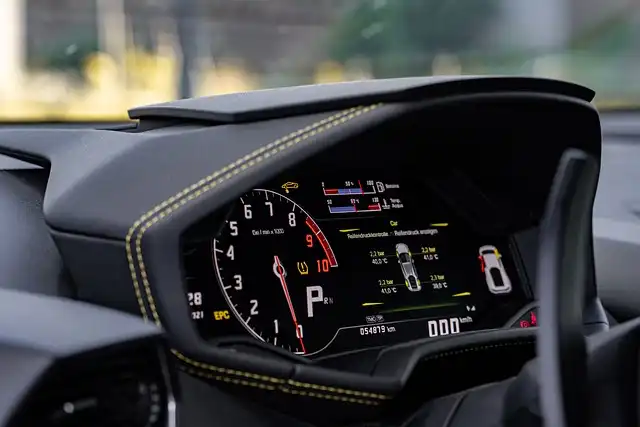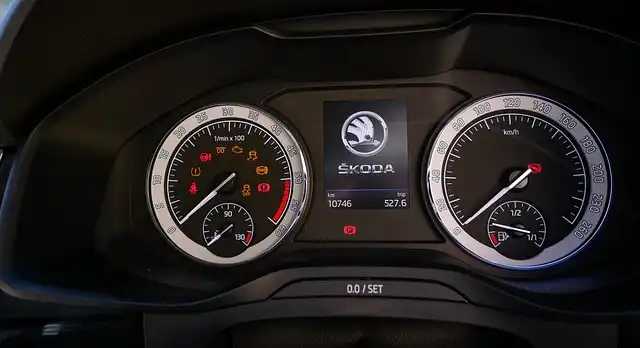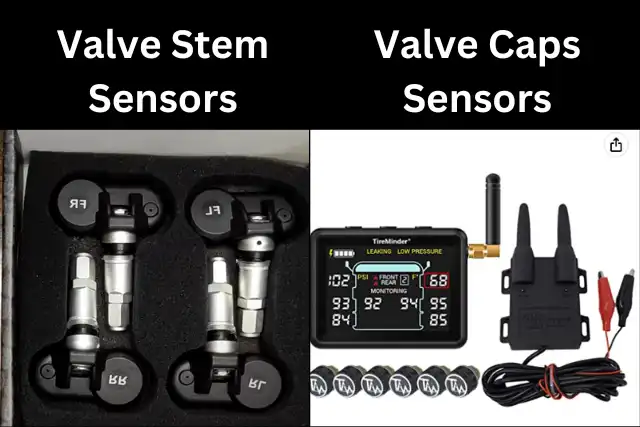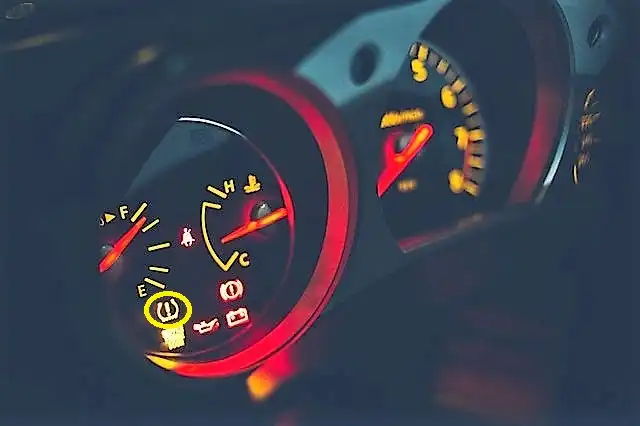Last updated on January 2nd, 2024 at 12:47 pm

Table of Contents
The tire pressure monitoring system (TPMS) is a sensor that is installed inside or on the tire to measure the air pressure in the tire. The sensor is located on tires as a valve stem cap or as a valve stem itself, which allows it to catch the accurate air pressure available inside the tire.
TPMS is one of the most important safety features of cars; since its adoption, there has been a proven effect in reducing road accidents due to tire-related problems.
A study conducted by the National Highway Traffic Safety Administration (NHTSA) in the United States found that TPMS reduced the likelihood of severe underinflation in passenger car tires by 55%, and this resulted in an estimated 120 fatalities and 8,500 injuries prevented annually, which is huge effect considering the same results on the whole world.
Why do Cars Have TPMS
The tire pressure sensor allows drivers to keep track of air pressure on the tire in case there is an underinflated tire in the car. If you have an underinflated tire below the minimum level, then the tire pressure light will blimp on the car’s dashboard, so you can check the air on each tire and inflate them to the proper level. Also, new TPMS are equipped with live tire pressure, which appears on the monitor screen that comes with the tool. It also shows you which tire is low on air.
How To know if a car has Sensor

If you have bought an old car model manufactured before September 1, 2007, then there is the possibility that the tire is not equipped with TPMS technology. In this case, you can either use TPMS tools to check its availability or you can just check each tire by dismounting each tire.
The easiest option is to turn on the ignition without starting the engine; if the low tire pressure light appears on the dashboard, it means your car can operate TPMS. However, to make sure the sensors are available inside the tire, check each tire individually as well.
Types Of Tire Pressure Sensors
There are two types of TPMS available in the market: direct TPMS and indirect TPMS.
The direct TPMS is a hardware sensor that physically sits on the tires. It is a tangible tool that can be repurchased and replaced at any time. The direct TPMS is the most common and more accurate calculator of air pressure inside the tire compared to indirect TPMS.
The indirect TPMS, on the other hand, is a software-based air pressure sensor that calculates air in the tire based on wheel movement ABS sensor. It estimates the air pressure if other tires are moving quickly and one tire that is low on air is moving at a different pace. As the work of TPMS is to indicate when any tire is 25% below the recommended air pressure, the indirect system sometimes fails, especially when all the tires have similar air pressure.
Hardware TPMS

There are two types of direct sensors: internal and external hardware sensors. Both of these sensors operate quite similarly. However, the place they are located is different. The internal sensors are used as the valve stem and are installed inside the tire, inside the wheels. However, the external sensor is installed as a valve stem cap outside the tire. There are small differences in their durability and performance, yet both are good.
Why You Should Install It In Tires
According to a 2003 NHTSA report, an estimated 414 fatalities, 10,275 non-fatal injuries, and 78,392 crashes occurred annually due to flat tires or blowouts before tire pressure monitoring systems were installed in vehicles
After TPMS installation, there is an approximate improvement of 55% in road accidents due to tire failures. That is why it is one of the most important things that reduce road hazards and keeps you safe on the road.
Other than that, there are many advantages of TPMS installation:
- Improves the fuel mileage
- Improves the tire’s durability
- Protects the wheels and rims from getting damaged
For details on these benefits, read this article.
How To Install Tire Pressure Monitoring System
The indirect TPMS has to be equipped by the manufacturer of the vehicle; if it is not, then you can not install the sensor on your own, and you will have to contact the company for that.
On the other hand, direct sensors are replaceable and installable without any software need. All you need is to buy sensors and put them on tires. Installing external sensors is as easy as putting valve caps; however, for installing internal TPMS, you will need to dismount the tire and then install the sensors.
Tire pressure Light On the Dashboard

The reason for the low tire pressure light or icon is that there is one or more than one tires are below the 25% air than recommended air pressure. To remove this light, you have to check all the tires and inflate every tire that is low on air pressure.
However, sometimes, after filling the air in the tires, the light does not go off; you have to drive for 5-10 minutes for the light to go off. Still, there is a light on the dashboard, so you might have to reset the sensors, which you can find here.
Cost Of Replacing Sensors
If you are looking for a professional service for installing internal TPMS, it will cost you around $250-$300, depending on the size and model of your vehicle. However, each internal sensor costs around $30-$40, and the service of tire balance and alignment takes costs as up as this.
If you have expertise in dismounting and mounting tires, then internal sensors will cost around $120-$150, again depending on the car.
For external TPMS, you only have to pay for the tool, and anyone can install them by themselves, no need for a professional service. The external TPMS costs around $150-$250, depending on the quality of the sensors.
Conclusion
A tire pressure monitoring system is a cheap but very powerful tool that adds safety and improves the fuel economy of vehicles. It is a proven tool that reduces road accidents due to the failure of tire blowouts and also reduces the gas emissions that flat tires make. That is why the United States government makes it compulsory for every manufacturer to equip their fleets with tire pressure sensors.
We hope that this article helped you understand tire pressure monitoring systems and how it is so important for everyday drives. If your vehicle is not equipped with this tool, then install it as quickly as possible to safeguard yourself and others from unfortunate road accidents.
